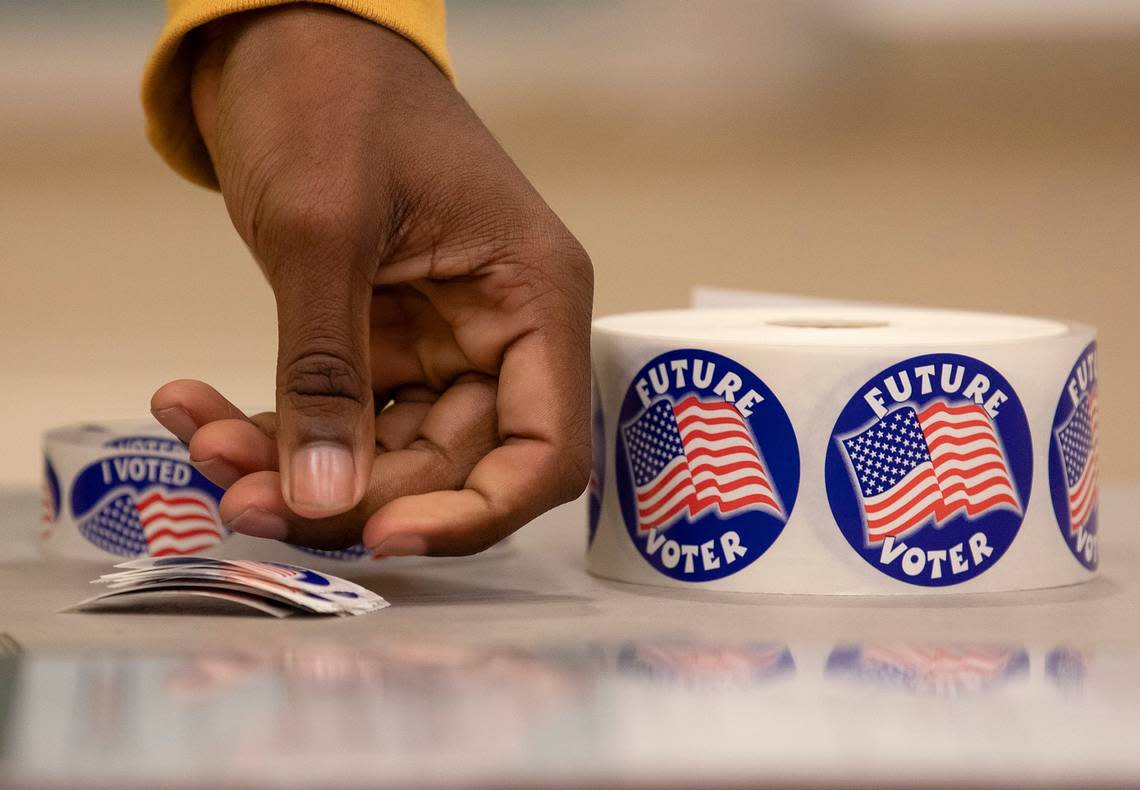NC had new laws on photo ID, mail ballots. How many voters were affected?

North Carolina’s March 5 primary election saw several substantial changes to the ways voters cast their ballots. Voter ID requirements, new mail-in ballot rules and increased freedom for poll observers were all put to the test this month.
So how much of an impact did these changes have on the election?
Voter ID
This year, all voters were asked to show photo identification in order to cast their ballot.
Voters who didn’t have an ID were able to cast a provisional ballot and given the choice of filling out an ID exception form or returning to the county board of elections office later with their ID.
Over 1.8 million voters participated in the primary election, with only a small portion appearing to have not brought an ID.
Nearly 1,200 North Carolinians cast provisional ballots for ID reasons, according to the most recent data from the State Board of Elections. Of those ballots, 473 were rejected, most of which came from voters who did not fill out an exception form and said they would return later with their ID, but did not.
Around 60 voters who filled out an ID exception form had their ballots rejected.
Absentee ballots
In previous elections, mail-in ballots would be counted if they arrived within three days of Election Day. A new law passed by the Republican-led legislature last year eliminated this grace period and required all absentee ballots to arrive by 7:30 p.m. on Election Day to be counted.
According to the state board, 1,128 mail-in ballots came in after the deadline this year and were not counted.
In the 2020 presidential primary, which still had the three-day grace period, 800 absentee ballots came in after the deadline, and were not counted.
Voter turnout
Although we know how many voters had their ballots affected by voter ID or changes to absentee voting, we don’t know how many voters may have chosen not to vote due to these changes.
North Carolina saw particularly low voter turnout this year, with only around 24% of registered voters participating in the primary. That’s worse than the 2020 primary election, which saw about 31% of the state’s voters turn out to cast their ballot.
Final election certification to come next week
Data from the 2024 primary is mostly final, but could shift slightly leading up to the official election certification.
The state board will certify the final results of the election on March 26.
NC Reality Check is an N&O series holding those in power accountable and shining a light on public issues that affect the Triangle or North Carolina. Have a suggestion for a future story? Email realitycheck@newsobserver.com

